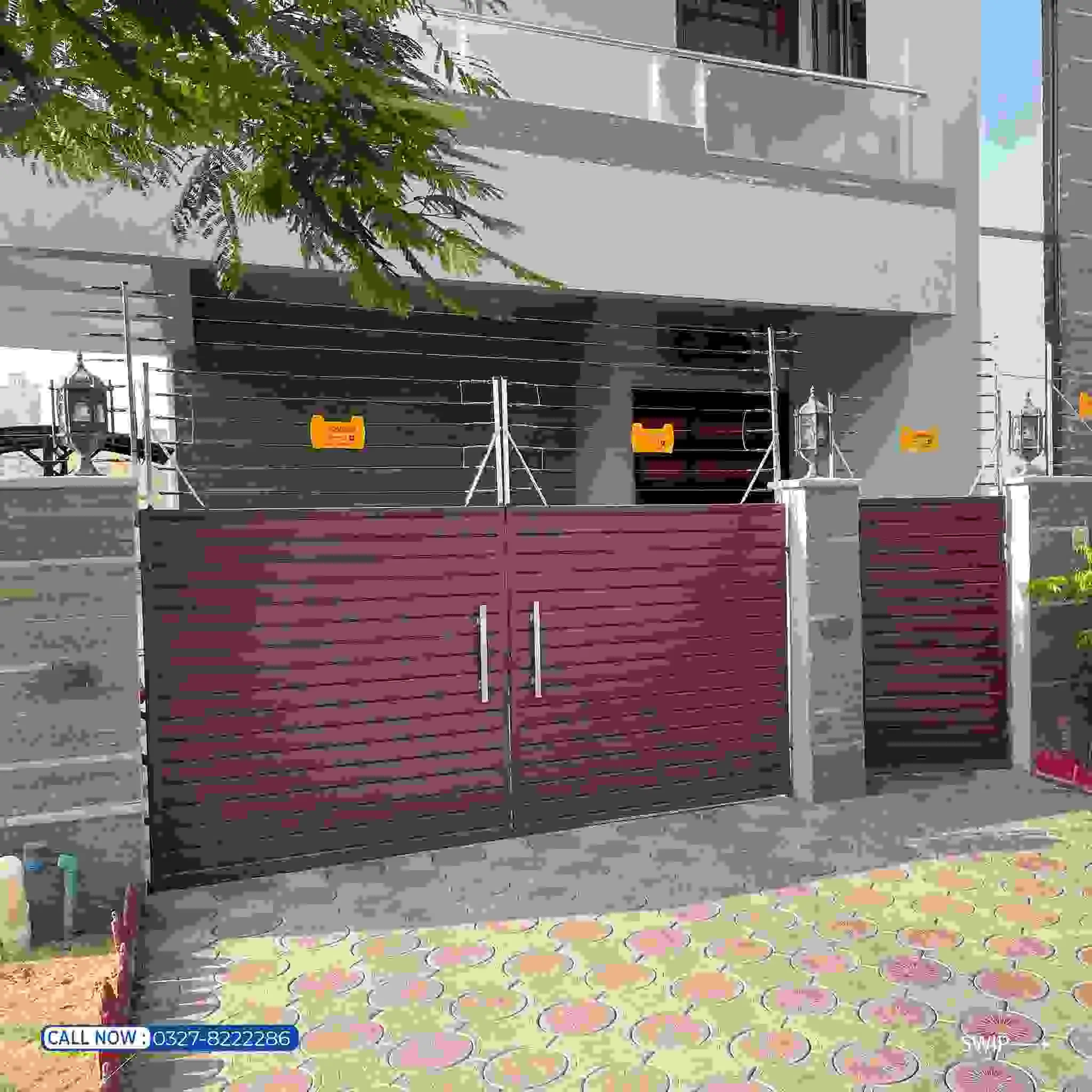The longevity and effectiveness of a fence are heavily dependent on the condition of its wire. Whether you’re using it for agricultural, residential, or industrial purposes, protecting the life of your fence wire is crucial.
Corrosion Resistance:
Issue:
Corrosion is a primary concern, especially in areas with high humidity or proximity to saltwater.
Solution:
Choose fence wire made from materials with excellent corrosion resistance, such as galvanized steel or aluminum. Applying a corrosion-resistant coating can also add an extra layer of protection.
Weathering and UV Exposure:
Issue:
Prolonged exposure to sunlight and weather conditions can lead to degradation of the wire.
Solution:
Opt for fence wires designed to withstand UV exposure. Applying UV-resistant coatings or using materials like vinyl-coated wires can significantly enhance durability.
Physical Damage:
Issue:
Physical impact, whether from machinery, animals, or external forces, can cause damage to the fence wire.
Solution:
Install protective measures, such as adding a layer of PVC coating, to absorb and distribute impact forces. Regular inspections for signs of damage and prompt repairs are essential.
Galvanic Corrosion in Mixed Metals:
Issue:
When different metals come into contact, galvanic corrosion can occur, leading to accelerated deterioration.
Solution:
Use compatible materials throughout the electric fence system to avoid galvanic corrosion. If using mixed metals, consider installing insulators or barriers to prevent direct contact.
Grounding Issues:
Issue:
In electric fences, poor grounding can reduce the effectiveness of the system.


